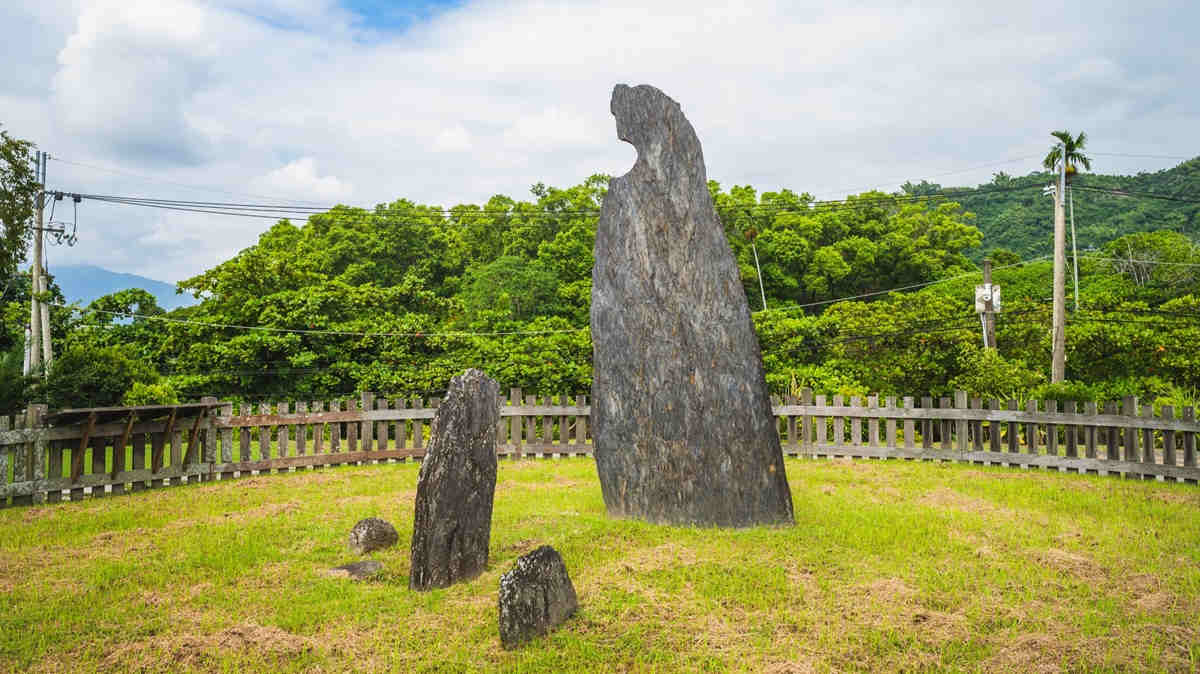The first comprehensive review of tooth ablation in Taiwan from the Neolithic to the modern era has been conducted.
The research, published in the Archaeological Research in Asia journal, aims to fill gaps in our knowledge of the origins and development of the practice in Taiwan.
“Before the modern concepts of beautification, early populations altered the shapes or colours of natural teeth for aesthetic expression or to signify group identity, initiation into adulthood, or other cultural functions,” the authors write. “One such alteration was tooth ablation, a deliberate removal of healthy teeth, predominantly targeting the most visible front-facing anterior teeth.”
The earliest evidence of tooth ablation in Taiwan dates to about 4,800 years ago during the Neolithic period (4,800–2,400 years ago).
This practice in Taiwan coincides with the transformation of hunter-gatherer societies into sedentary communities with pottery, and plant and animal domestication.
While many communities around the world have practiced tooth ablation, the custom is commonly associated with the first Austronesian communities – a large group of peoples in Taiwan, Southeast Asia and parts of Polynesia, Micronesia and other Pacific Islands.
It is believed the first Austronesians spread the practice across the Asia-Pacific region.
Some of the earliest records of tooth ablation come from Chinese scholars writing in about 220 CE and Dutch journals from the 17th century.
The best ethnographic accounts of tooth ablation practices in Taiwan were collected during the period of Japanese rule at the beginning of the 20th century. Armed suppression during the 1910s saw the eradication of many local traditions including tooth ablation. Some communities still engaged in the practice until the mid-20th century.
In ancient Taiwan, tooth ablation usually involved removing some of the upper front teeth – usually incisors or canines.
The study gathered data from more than 250 archaeological sites in Taiwan. Of these, 47 from the Neolithic to Iron Age (2,400–400 years ago) contained skeletal remains with well-preserved oral regions.
The researchers note that in the Neolithic tooth ablation was equally done on male and female individuals.
However, by about 1,900 years ago, this had shifted to being more commonly practiced among females.
Analysing previously gathered ethnographic evidence, the authors identified 4 main cultural motives for tooth ablation in Taiwan.
“The first and most frequently mentioned motivation was beautification, arising from a desire to distinguish oneself from the facial features of animals, as well as to enhance personal attractiveness, in particular to the opposite sex,” they write.
They also highlight practical reasons including preventing bad teeth, pain during tattooing and helping people ingest medication or food when suffering from lockjaw (trismus). Other motives are tests or memorialisation of courage, and signalling a transition to adulthood or differentiating members of a tribe.
The authors note that the origin of the practice requires further study, but can likely be traced back to eastern China.














/https://tf-cmsv2-smithsonianmag-media.s3.amazonaws.com/filer_public/d1/82/d18228f6-d319-4525-bb18-78b829f0791f/mammalevolution_web.jpg)






Discussion about this post